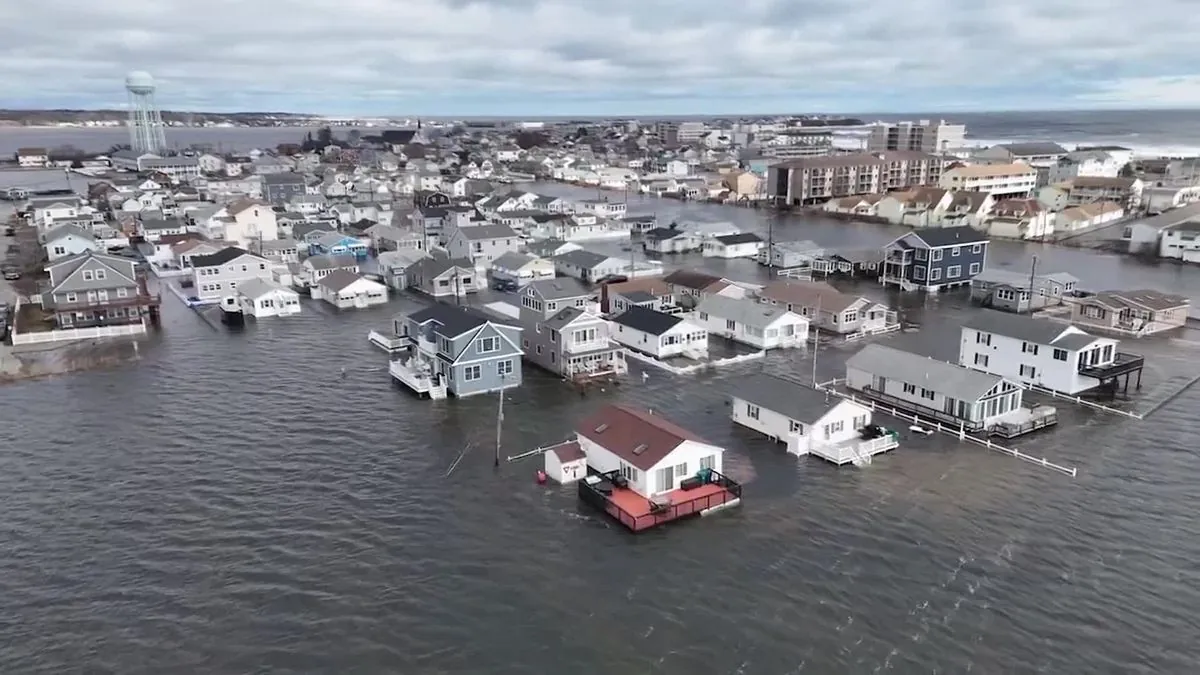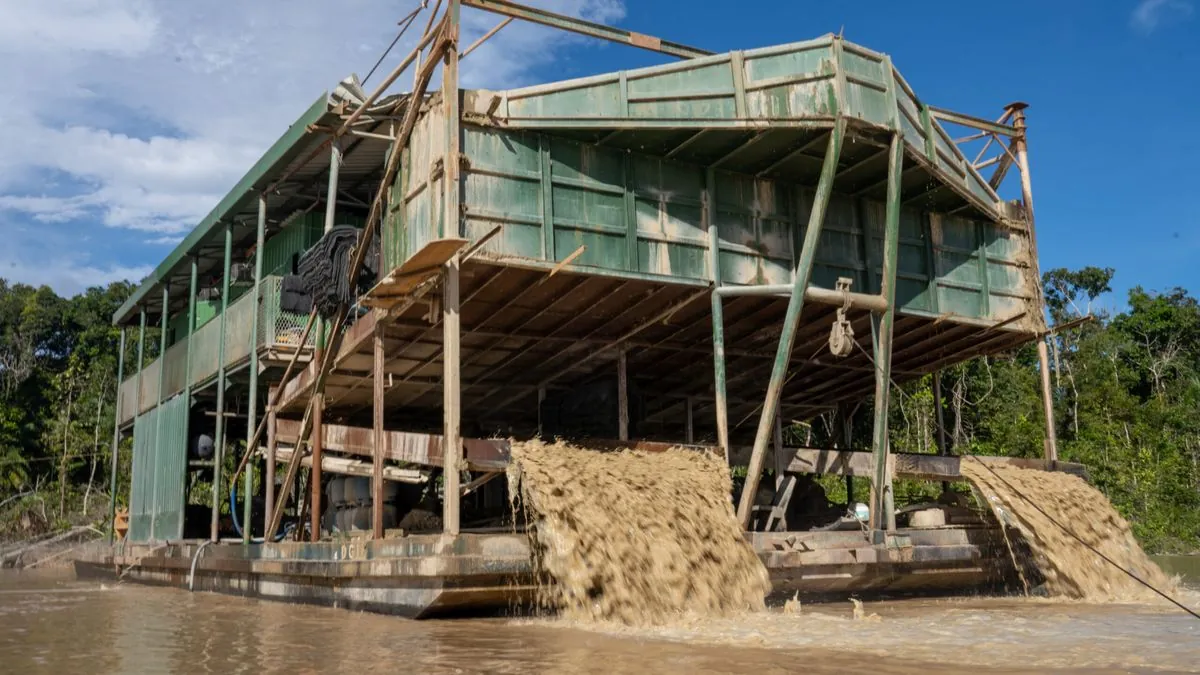US flood insurance program struggles as hurricane costs soar
Recent hurricanes drain disaster funds‚ National Flood Insurance Program faces financial strain. With more storms expected‚ outdated policies and congressional inaction hinder needed reforms for sustainable coverage

The US is grappling with the aftermath of two devastating hurricanes Helene and Milton‚ which struck within a fortnight causing damage worth over $80 billion. This has left the Small Business Administrations disaster loan program dry‚ with six weeks still remaining in the hurricane season and more storms brewing in the Atlantic.
The National Flood Insurance Program (NFIP) managed by FEMA‚ is bearing the brunt of providing homeowners inundation coverage. It offers nearly $1‚3 trillion in coverage to over 5 million policyholders but often borrows from the U‚S treasury when claims exceed revenue. Congress canceled $16 billion in NFIP debt in 2017; however the program has since borrowed billions more.

The NFIP was created about 59 years ago when private insurers left the market after Hurricane Betsy in 1965 caused $1 billion in losses. It aimed to avoid “moral hazard“ by requiring communities to adopt land-use policies discouraging development in flood-prone areas and mandating “actuarially sound“ premiums. However real estate interests gamed the system‚ suppressing premiums and permitting building in vulnerable areas.
FEMAs flood hazard maps are so outdated that over 40% of NFIP claims from 2017 to 2019 were for properties outside official flood hazard zones or in unmapped areas. Congress has taken little action to address these issues‚ enacting 31 short-term NFIP reauthorizations since late 2017. The Flood Insurance Reform Act of 2012 attempted reform‚ but coastal-state representatives reversed its modest improvements after Hurricane Sandy.
We need larger-scale reforms that require legislative action
FEMA implemented its Risk Rating 2‚0 pricing methodology using private insurers data to charge rates based on more accurate flood risk variables. However‚ the NFIP needs broader reforms for solvency and continued coverage. Suggestions include:
- Enabling private insurers to resume issuing flood insurance
- Reinstating bans on subsidized premiums for second homes and repeatedly rebuilt properties
- Investing in updated flood maps
- Enforcing stronger building standards
- Adjusting rates to reflect actual risk
While these changes might raise some premiums‚ theyʼre necessary for the programs fiscal stability and fairness in subsidies


































